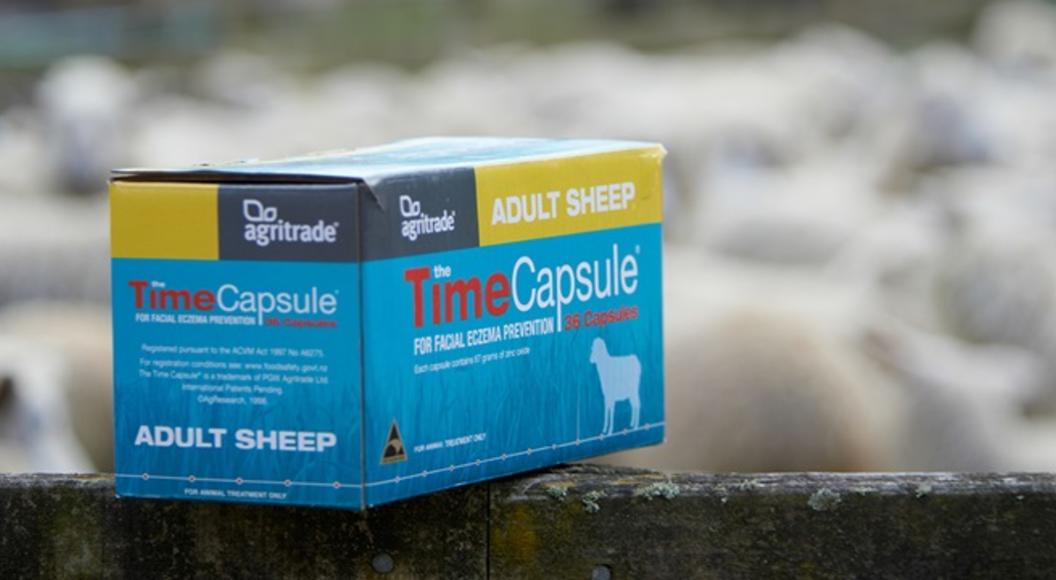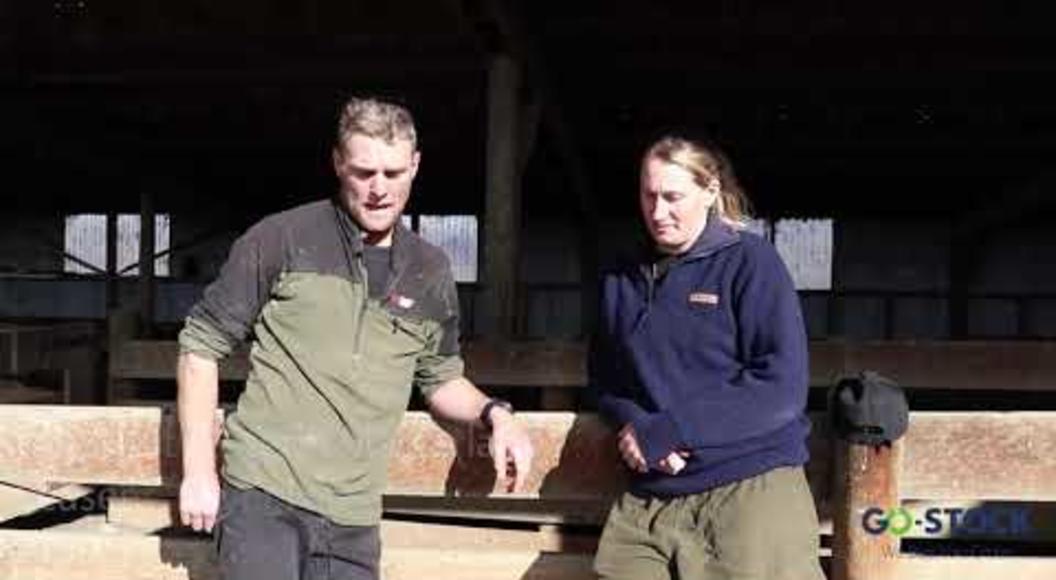
Summer brings flystrike
Blowfly strike is the second most costly parasitic disease of sheep in New Zealand, ranking only behind gastro-intestinal roundworms in economic importance.1
Research has shown that even relatively small strikes can cause a marked loss of appetite in the struck animal, resulting in weight loss.2 Ewes and ewe hoggets struck in late summer/autumn are far less likely to get in lamb than non-struck animals. In addition farmers are legally required to protect their stock against blowflies.
Preventing blowfly strike
Four species of blowfly are recorded as initiating strikes on sheep in New Zealand, with the Australian green blowfly (Lucilia cuprina) and the European green blowfly (Lucilia sericata) recognised as themost important species. Prevention of blowfly strike caused by the larvae of these species is largely reliant upon application of insecticides by a variety of means (for example saturation dipping, jetting, low volumepour-ons or spray-ons) to the fleece of at-risk animals.
Most blowfly strike preventative products belong to the Insect Growth Regulator (IGR) group of chemicals. In turn, IGRs can be divided into two distinct chemical classes based on their different and unrelated modes of action:
1. Triazine/pyrimidine derivatives, for example. cyromazine (Vetrazin™ and Cyrex™) and dicyclanil (CLiK™ and CLiKZiN™).
2. Benzoyl Phenyl Urea (BPU) compounds, for example, diflubenzuron (Zenith®) and triflumuron (Zapp®).
Blowfly resistance to treatments
Lucilia species of blowflies have a remarkable ability to develop resistance to various chemicals used to control or prevent flystrike. Resistance is first shown as a shorter than expected period of protection, even if the product is correctly applied at the right dosage. Strains of L. cuprina and L. sericata resistant to diazinon, an organophosphate, have been recorded throughout New Zealand.3 A large study run in 2010 to 2011 confirmed the presence of triflumuron resistant European Green Blowflies4 in New Zealand, most particularly in North Western regions of the North Island.
Blowfly resistance management guidelines
Minimising the losses caused by blowfly strike requires a planned preventative treatment approach using effective products applied at the correct time.
Resistance management also needs to be factored in when planning blowfly strike prevention programmes, with sheep farmers needing to recognise that flies could develop resistance to any chemical. Recommendations for resistance management of sheep ectoparasites in New Zealand are in their infancy, however, the Australian sheep industry has well-established blowfly strike and licecontrol strategies that should be considered for use in New Zealand.5 A key recommendation is to manage blowfly strike and lice as separate issues.
Each parasite should be treated with an effective product at the appropriate time. In many cases, this strategy will involve the use of different products and application methods at different times of the year.
Another important recommendation is that products should be applied as closely as possible to label guidelines. For all products including CLiK, CLiKZiN, Cyrex Liquid, Vetrazin Liquid and Vetrazin Spray On, a shorter period of protection may occur if they applied incorrectly, if there is excessive fleece soiling or if wool infections such as mycotic dermatitis (fleece rot) are present. Heavy rain following application of this product may also diminish the period of protection against flystrike.
SUPPLIED BY ELANCO
1Heath, A. & Bishop, D.M. (1995). Blowfly strike in New Zealand. Surveillance 22(2):11–13.
2Heath, A., Bishop, D.M. and Tenquist, J.D. (1987). The effects of artificially induced blowfly
strike on food intake and liveweight gain in sheep. N.Z. Vet J. 35:50–52.
3Wilson, J.A. (1999). Aspects of insecticide resistance in New Zealand strains of the sheep
blowflies Lucilia cuprina and Lucilia sericata. Victoria University of Wellington.
4Waghorn T.S., McKay, C.H., Heath, A.C.G. (2013). The in vitro response of field strains
of sheep blowflies Lucilia sericata and L. cuprina (Calliphoridae) in New Zealand to
dicyclanil and triflumuron. N.Z. Vet J. 2013 Sep; 61(5):274–80.
5www.liceboss.co.au and www.flyboss.com.au.


